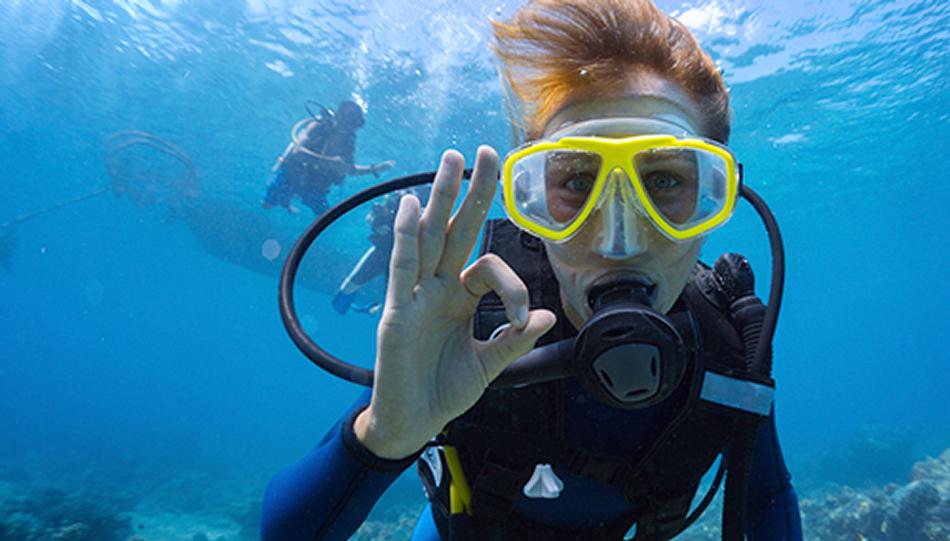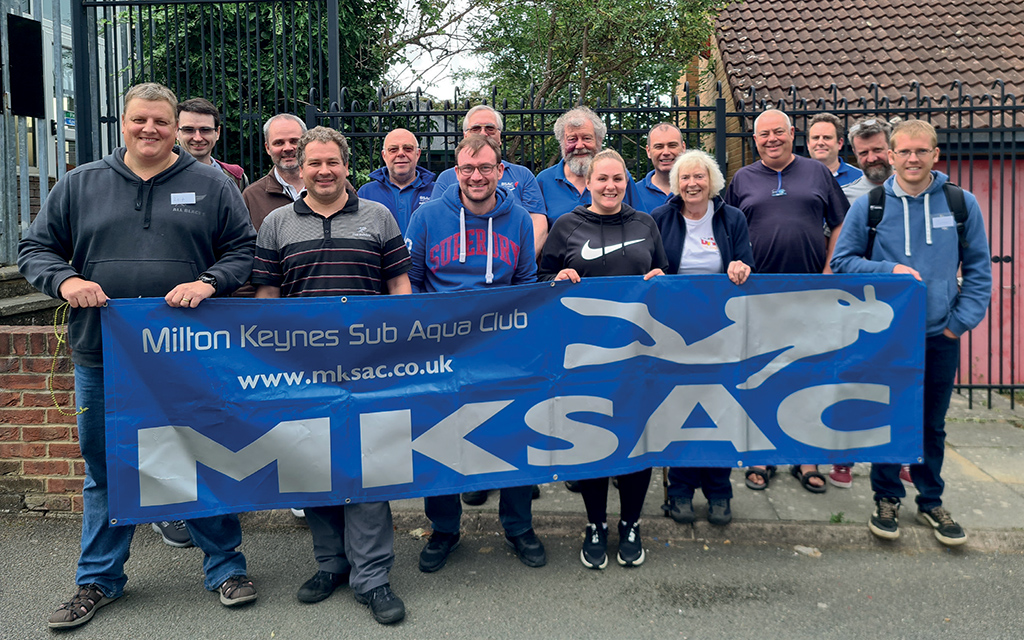
Milton Keynes may be a New Town, but it has a well-established dive club that knows how to keep busy. Interview by Kristina Pedder.
Despite reaching the grand old age of 50 last year, Milton Keynes Sub Aqua Club remains very active; meeting socially around six times a month and diving locally at least eight times a month. Recently, it has achieved a number of firsts. A record number of members completed Diver Training Programme courses, Assistant Instructor training; and attended Skill Development Courses. There have been more dives per member completed in the past year than in any other year. Milton Keynes is about as far from the sea as it is possible to get, and members may well do more lake dives than the average club. But MKSAC prides itself on its local work, to look after what must be one of the best inland dive sites for quite a few miles around. Members dive there in rain, sun, wind or snow. When it freezes over, they go ice-diving.
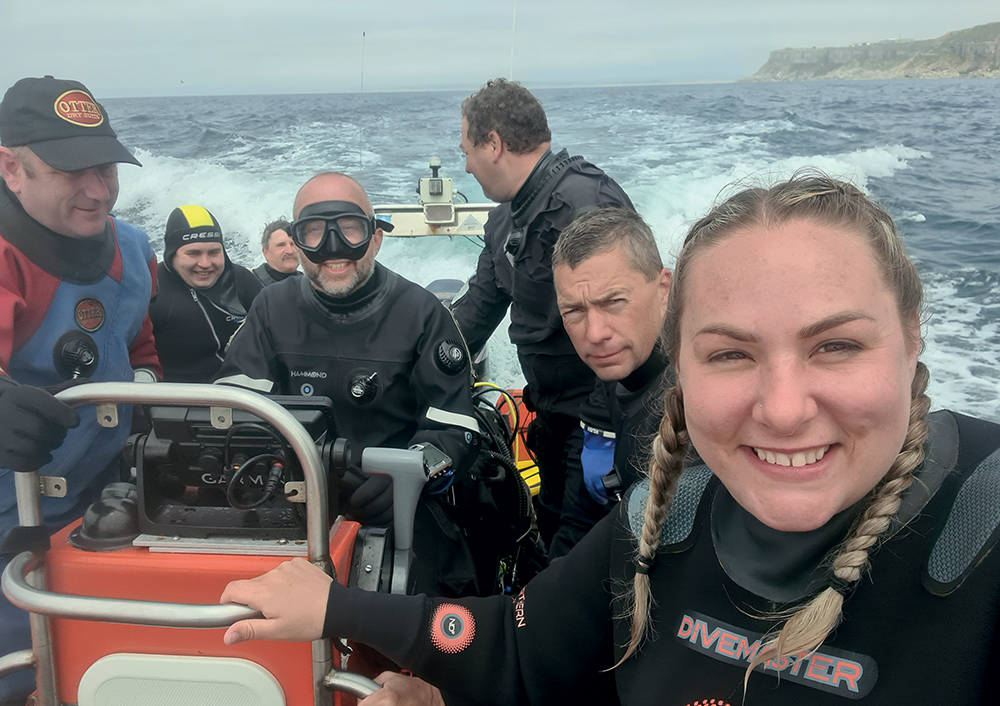
When was the club formed?
Five or six locals trained by a nearby diving school got together in 1972 to form an unaffiliated dive club. Some wanted to gain BSAC qualifications, so an internal BSAC special branch was set up for them. In 1976, it became a full BSAC club, number 832.
Where is the club based?
Milton Keynes, the biggest and most ambitious of the new towns built in south-east England in the 1960s, is around 45 miles north-west of London. Being an inland dive club, we keep our boat down in Portland during the summer months, so we spend a lot of time there too.
Who are your members?
We have 84 members, of all ages and with varying diving abilities. We welcome certified divers from any agency. Seven of our members are under-18s, and another four youngsters have paid deposits to start the next Ocean Diver course.
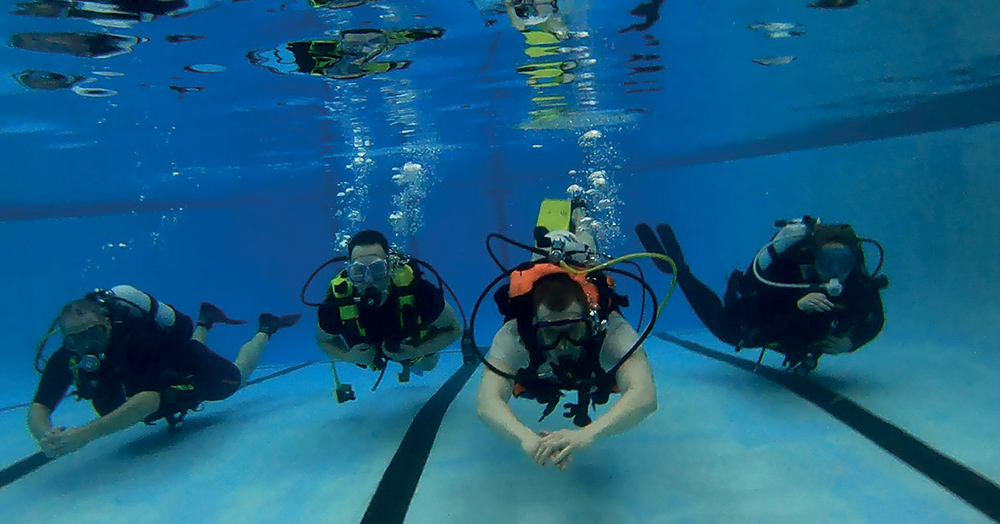
Not all clubs welcome junior members, why do you?
Youth members are a great way of bringing in parents to the club too. Three years ago, we removed our age-limit on membership, and we now have four families training/diving with us. It’s great to see mum/dad/kids all diving together. Eighty-four is already a big membership…It is our highest number of members so far. In 2022, 56 were full diving members. To give you an idea of the spread of qualifications, right now we have: seven on our Ocean Diver waiting list; 14 Ocean Diver trainees; 18 Ocean Divers; 17 Sports Divers; 21 Dive Leaders; and five Advanced Divers. Membership is growing steadily; around 10 new members joined in the past year. We have a wonderful, passionate Training Officer, Ian James, who has increased the number of instructors we have, in turn leading to a record number of Ocean Diver trainees and new members.
What resources does the club have?
We have a clubhouse, with a classroom, kitchen and compressor. Membership includes unlimited free air fills. We’re in the process of introducing nitrox, to appeal to a wider range of divers. We’ve set up partial pressure blending and if there’s enough take-up, we are thinking of investing in a booster pump and additional storage banks to provide pre mixed 40 per cent nitrox. The club has a boat. It’s a Tornado rigid-hulled inflatable, call sign Redbreast. We use a swimming pool on Friday evenings, for training or chilling after a busy week, and we have membership at the local water-ski club and sailing lake, where we regularly take the RIB for boat handling practice. Oh, and we hold a licence to dive in a local lake.
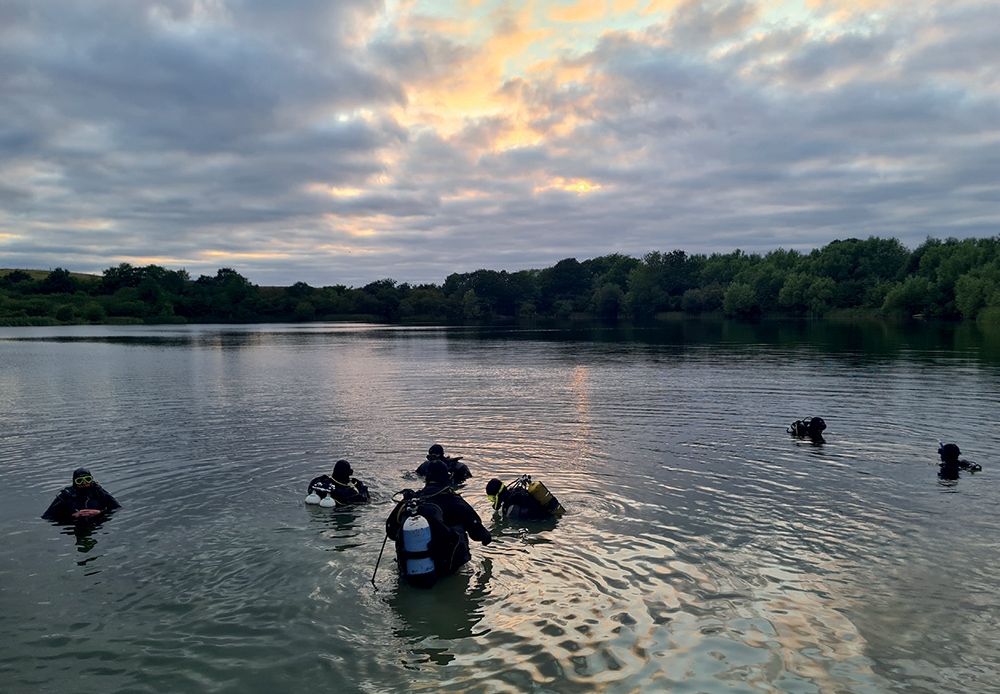
Tell us more…
Members dive regularly at the Blue Lagoon in Bletchley; known to us as the Bluey, a nationally recognised Local Nature Reserve on private property. MKSAC holds the licence for all diving activities in the lake, which comes with many restrictions on dates, times, access, maximum number of divers/vehicles.
What’s it like diving in the Bluey?
The lake, a former brickworks pit, has a maximum depth of 18 metres. Over the years, the club has planted many items underwater for divers to explore, including two cars (a Capri and a Metro), a bus and a Cessna cockpit. Six sunken boats and a pair of concrete pipes to swim through complete the underwater attractions. There are also four training platforms. The Bluey is home to many species of fish; pike, perch and roach are often seen, along with crayfish and the occasional tench or carp. Visibility can be good, although the soft, silty bottom means that divers arriving on site late can end up with their low-viz qualification signed off.
So, you really do know the Bluey well?
We’ve been using techniques learned on Nautical Archaeology courses to map the Bluey. At present we have located objects to within 15cm. Of course, an accurate map is only part of the story; to find things in bad viz, you still need to be able to use a compass. A few mystery objects remain unmapped on the far side.
How did the Covid lockdowns affect the club?
When we couldn’t get to our clubhouse, we met over Zoom. When groups of six were allowed to meet, we scheduled socially distanced 90-minute slots at the Bluey so that we could all still dive. We didn’t lose a member.
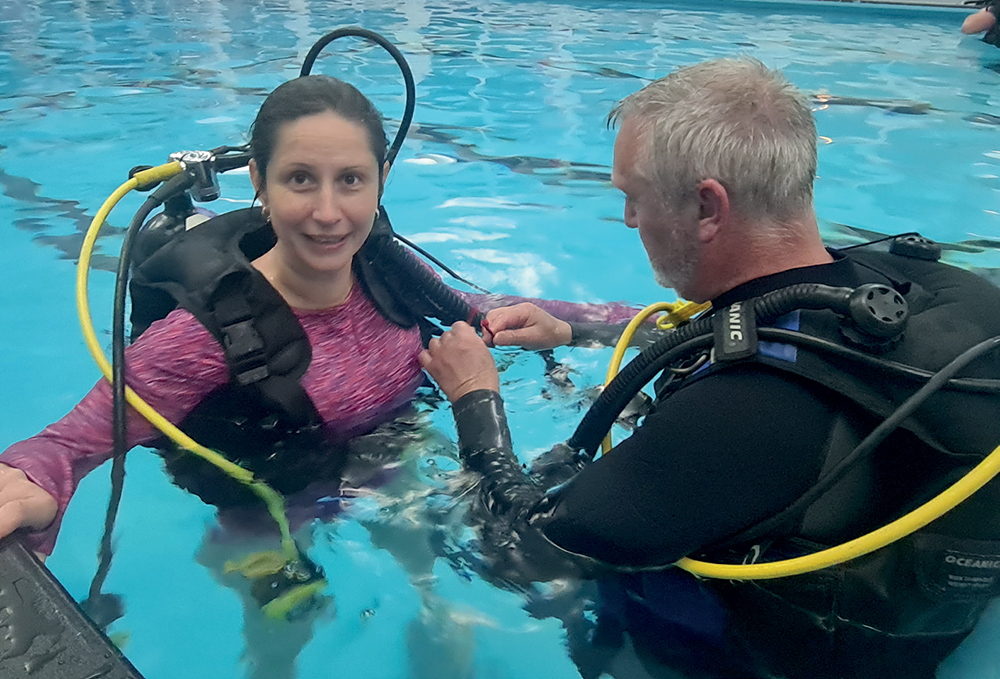
Who is in your instructor team?
Our team is nine Assistant Diving Instructors; three Open Water Instructors; and an Advanced Instructor. We are developing as many assistant instructors as we can. Last year, we arranged an Instructor Foundation Course for members, and these divers are now working their way through the Instructor Training Scheme. We actively involve them in supervised training, presenting parts of the lectures, for example. This frees up qualified instructors to lead on skill development. One of our long-term aims is to increase the number of female instructors. Having enough instructors to deliver the training is really important to us. We are all volunteers who enjoy diving, and we must get the right balance between personal diving and the amount of time we are able to offer for training activities.
How do you organise training?
For beginners, we are trying to move away from running set courses, as we found during Covid that people would show interest and by the time we had a course organised, they had started something else. We are moving towards training new members as and when they arrive. But in such a large club, an ad hoc approach to more advanced training doesn’t achieve the best results. Prior planning and preparation tend to work best, so we like to start Sports Diver training during the winter months, to get the theory done in the dark evenings. We also start Dive Leader training during the winter months and tend to break this down into the component Skill Development Courses. Doing it this way gives other members the opportunity to join in and develop their skills, even if they have no ambitions to become a Dive Leader.
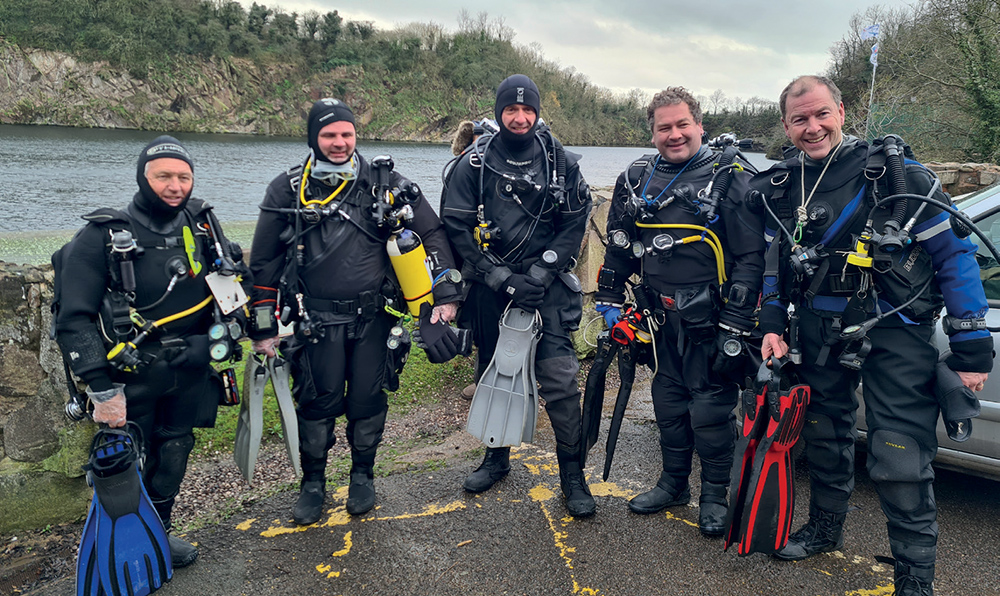
Sounds busy…
Yes. This year, in addition to our Ocean Divers in training we have seven Sports Diver trainees; 12 Dive Leader trainees; four Advanced Diver trainees; and two working towards First Class Diver. In the past 12 months, our Training Officer has helped at BSAC-led events, meeting more BSAC instructors and committee members. But there are only so many instructors in the regional teams, and we think that clubs need to start helping each other more by organising events and training that get multiple clubs together. It’s easier to get instructors in, and their time achieves far more for members. We are all members of our club, but we are all members of a much bigger club too – BSAC.
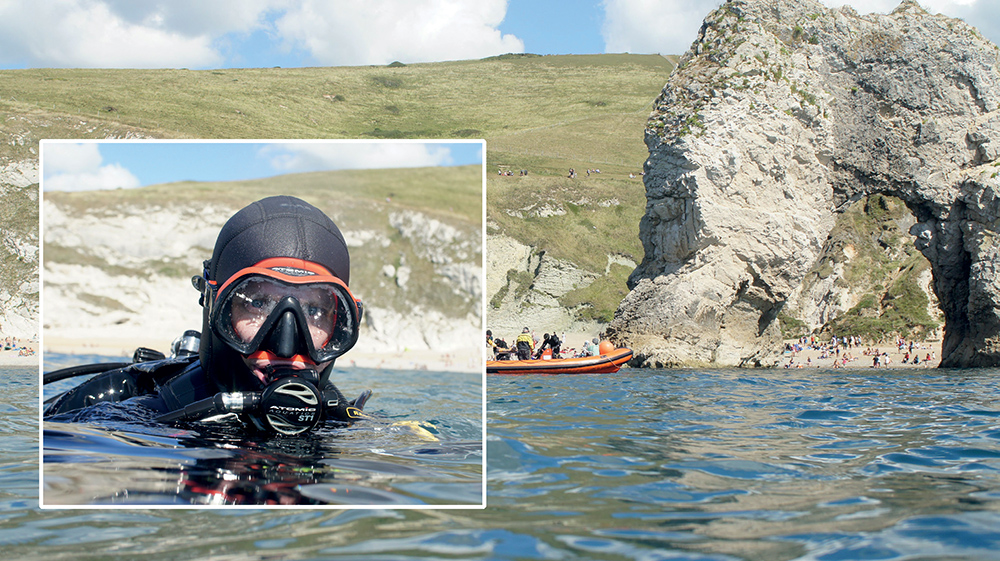
What type of diving is going on?
We mostly go recreational diving, but there are some cave divers, trimix divers and rebreather divers in the club. We get a Portland Harbour licence for the RIB each year, which gives us access to a good variety of dive sites even when the weather is not being kind. In the past year, we’ve also dived from charter boats in Mull, the Isle of Man, the Farnes, and our next trip is to Lundy. We aim for at least one warmwater trip a year: the Red Sea remains a favourite. In 2022, 58 of our members did 824 club dives. During the last decade, our dives/diver/year statistic has increased steadily from 11.9 then to 14.2 today.
Is it easy to look after your assets?
Our Equipment Officer is very diligent and is lucky to have a few knowledgeable members to help. We raised £1,090 through a recent GoFundMe page to contribute towards repairs to the jetty at the Blue Lagoon. Shout out to a local open-water swimming club called the Blue Tits that helped by contributing towards costs and labour.
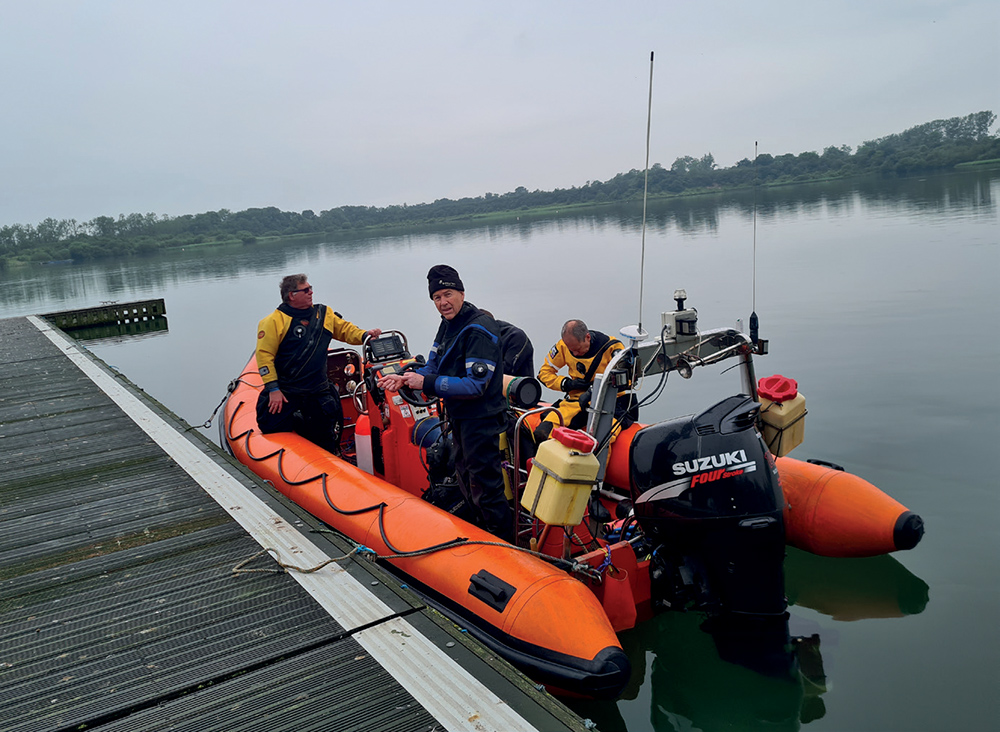
Do you get involved in other local projects?
We help with the annual duck race, we’ve cleared a local river of rubbish, above and below water, even removed a dead swan for the fire brigade. We help clean the sea lion tanks at Woburn Safari Park. We do regular clean-up dives at the Blue Lagoon. You may have heard of Wheelsdan, a paraplegic record-breaking diver? We provided in-water support for his world record attempt at the Fastest Freshwater 5K Scuba Dive, Arms Only, at Stoney Cove.
Anything else you’d like to tell SCUBA magazine readers about?
We welcome other clubs to dive at the Blue Lagoon, subject to certain conditions. Diving is possible at 10.30am on Sundays all year and at 6.30pm on Wednesdays, April to September. You just have to contact our Diving Officer at least 48 hours in advance of diving. Each visiting diver will need a day membership of MKSAC, which costs a fiver. So why not come and see for yourself?
How do I find scuba diving near me?
If you want to learn to dive in Buckinghamshire with Milton Keynes Sub-Aqua Club, please contact Graham Nurse.
This Club Focus was originally published in SCUBA magazine, Issue 137 July/August 2023. For more membership benefits, visit bsac.com/benefits.




